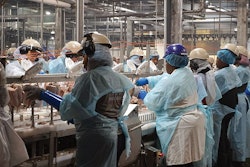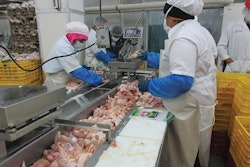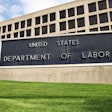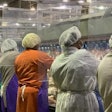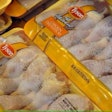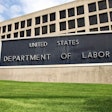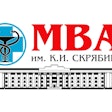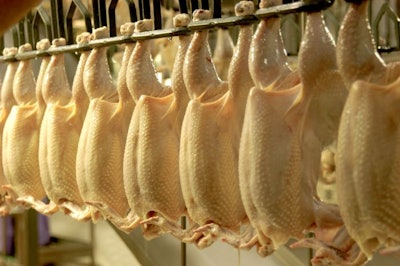
Regardless of size, automation levels, location or customer base, all poultry processing plants perform the fundamental steps of slaughter, cleaning and chilling poultry carcasses. Plants may have different line speeds, methods and equipment, but the final goals of the processes are the same. To accomplish their goals, most plants use management tools to control the primary areas of slaughtering, scalding, picking, eviscerating, inspecting and chilling.
Primary areas are well monitored because they are highly specialized and repetitive. They are also the areas of the plant where the live animal is slaughtered, cleaned and chilled within a fixed time. This time limit is driven by responsible animal welfare practices, government and industry regulations, yield, quality, and microbiological factors. Failure to adhere to the right time limits, regulations and methods may result in lost product.

David Beavers, Processing Specialist on Cobb-Vantress' World Technical Support Team | Cobb-Vantress
After carcass chilling, there are opportunities to generate many diverse products. Further processing often requires a variety of methods, which are accomplished by plants with varying levels of automation. For further product processing, most plants use best practice management tools to design, lay out and operate their processing facilities to maximize efficiency. Every year, processing equipment and technology get faster, more reliable and accurate. When possible, modern plants use automation to standardize processes, reduce labor costs, and allow team members to work at speeds and accuracy with less physical effort than what would have been possible just a few short years ago.
In many smaller or specialized operations, automation is not always a practical option. This may be driven by product volume, product mix, or multiple processes that need to be produced on the same line. The operational results of both the fully automated and more manual operations are maximized when basic best practice concepts are followed. These concepts may be simple, but they are critical and necessary regardless of your automation level. There are three common components to all best practice concepts: line layout, operational controls and management tools. These three parts are interconnected and dependent on each other.
Line layout
The fundamental goal of line layout is to minimize the number of times product is handled. This may be accomplished by designing the process to utilize overhead lines, product conveyors and box conveyors to continuously move the product through the plant. Every effort should be made to avoid touching the product and moving or holding the product in tubs or crates for extended periods of time. Efficient movement of product through the plant will preserve quality. Delays at any point in the process could compromise the quality of the product. Proper line layout should allow employee comfort and minimize repetitive tasks while maintaining consistent product flow. This is especially crucial where the employees control the flow of product through the plant. Consideration of the employee in-line layout design will facilitate the product flowing smoothly.
Operational controls
Maintenance of the post-chill control process is critical. It is recommended that the speed of the operations post-chill always be faster than the slaughter and pre-chill. To be most efficient, management-controlled line speed should dictate the pace of the employees. Each person should know the volume of product they are expected to complete each minute. Managing the rate per minute and volume per hour will control the process overall. To do this, each task must be analyzed and developed in a manner that will allow individual team members to accomplish the task in a realistic amount of time. This will circumvent accumulations of product at a station, which is often associated with powered conveyors. In this way, the efficiency of the layout will be maximized as the product moves through the process at the feasible rate with minimal redundant handling. Management must develop a plan that includes written job descriptions and standards for every job in the plant as well as train and communicate these standards and expectations to the team members. It then becomes a function of managing the employees to these process standards.
Management tools
Proper line layout and operation are irrelevant if line management is ineffective. Therefore, it is important to develop a system of measuring real-time results of operations at set times during each shift. The real-time results should be compared to the operational plan. Any variance between predicted and actual results must be explained and immediately addressed. This effort will eliminate unexpected issues at the end of the shift. The method for building a best practice management program can be summarized as follows:
- Establish performance benchmarks for the operation.
- Establish accounting procedures that will be followed to calculate performance.
- Develop a list of critical control points.
- Begin to measure every loss in your process.
- Write job descriptions for every function and train employees. Communicate and make sure everyone understands their function.
- Verify your results with the collected data.
Most important: Develop a passion for your team to pursue improvement without compromise.
